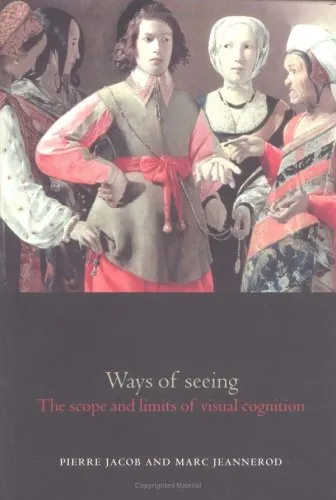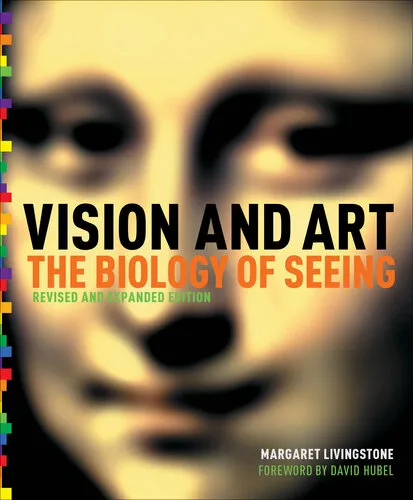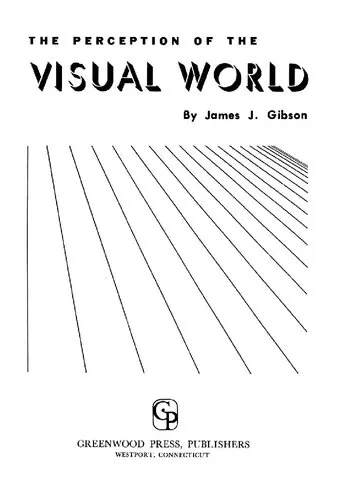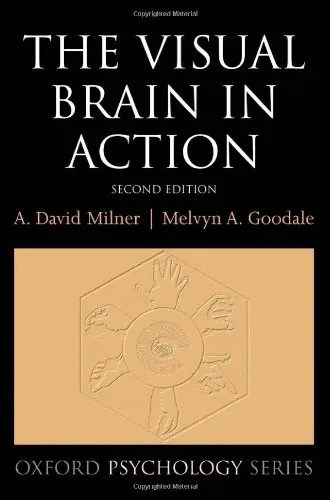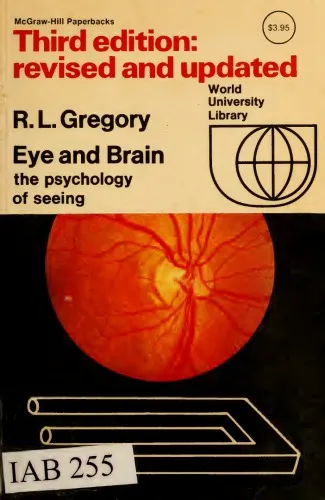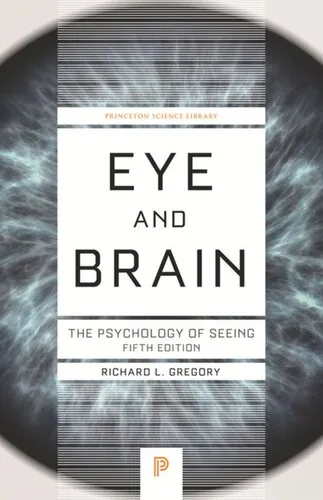Ways of seeing: the scope and limits of visual cognition
4.7
Reviews from our users

You Can Ask your questions from this book's AI after Login
Each download or ask from book AI costs 2 points. To earn more free points, please visit the Points Guide Page and complete some valuable actions.Related Refrences:
Welcome to a comprehensive exploration of visual cognition in "Ways of Seeing: The Scope and Limits of Visual Cognition," authored by Pierre Jacob and Marc Jeannerod. This book delves into the intricate processes by which humans perceive, interpret, and understand the world through visual means, offering an enlightening journey into the psychological and philosophical dimensions of seeing.
Summary
The book "Ways of Seeing" embarks on an intellectual voyage that dissects the multifaceted nature of visual perception. It meticulously examines how the mind deciphers visual stimuli, translating raw sensory data into cohesive mental representations. Authors Pierre Jacob and Marc Jeannerod integrate insights from cognitive neuroscience, psychology, and philosophy to unravel the mysterious mechanisms underpinning visual cognition.
The narrative is structured around the dichotomy of 'seeing' as not merely a passive reception of images but as an active cognitive process. It delves into how visual experiences are fundamentally shaped by cognitive functions such as attention, memory, and expectation. The book also investigates the limits of our visual system, exploring instances of blindness, illusions, and visual disorders that shed light on how we produce and comprehend visual knowledge.
Employing an interdisciplinary approach, Jacob and Jeannerod skillfully bridge empirical research with theoretical analysis, creating a rich tapestry that challenges and expands the reader's understanding of human sight. Throughout its chapters, the book confronts complex questions, such as how language and culture influence what we see and how technology and artificial intelligence may alter our visual cognitions.
Key Takeaways
- Visual cognition is an active process involving various cognitive functions, not a mere passive reception of visual information.
- Attention, memory, and culture significantly shape our visual experiences, influencing what individuals see and perceive.
- Understanding the limitations of the visual system can reveal much about visual perception’s complexity and adaptability.
- The integration of cognitive neuroscience and philosophical perspectives offers a deeper insight into the human experience of seeing.
Famous Quotes
"To see is not merely to open one’s eyes, but to engage in a profound cognitive dance with sensory data."
"Our perceptions extend beyond physical sight, encompassing an intricate web of expectations, memories, and cultural overlays."
Why This Book Matters
In an age where images dominate our means of communication and understanding, "Ways of Seeing" holds significant relevance. The book offers crucial insights into the cognitive processes that govern our interaction with the visual world, thus enabling a deeper appreciation for the complexity of human perception. Its interdisciplinary approach encourages readers to think beyond traditional disciplinary boundaries, prompting them to consider how advances in cognitive science can illuminate age-old philosophical debates about perception and reality.
Additionally, Jacob and Jeannerod’s examination of visual cognition raises important questions about the impact of digital media and virtual realities on our perceptual abilities. As we increasingly encounter augmented and virtual realities, understanding the functioning and limits of our visual systems becomes ever more pertinent. This book lays a strong foundational understanding, vital for anyone interested in the intersection of technology, philosophy, and cognitive science.
Free Direct Download
You Can Download this book after Login
Accessing books through legal platforms and public libraries not only supports the rights of authors and publishers but also contributes to the sustainability of reading culture. Before downloading, please take a moment to consider these options.
Find this book on other platforms:
WorldCat helps you find books in libraries worldwide.
See ratings, reviews, and discussions on Goodreads.
Find and buy rare or used books on AbeBooks.
1655
بازدید4.7
امتیاز0
نظر98%
رضایتReviews:
4.7
Based on 0 users review
Questions & Answers
Ask questions about this book or help others by answering
No questions yet. Be the first to ask!
